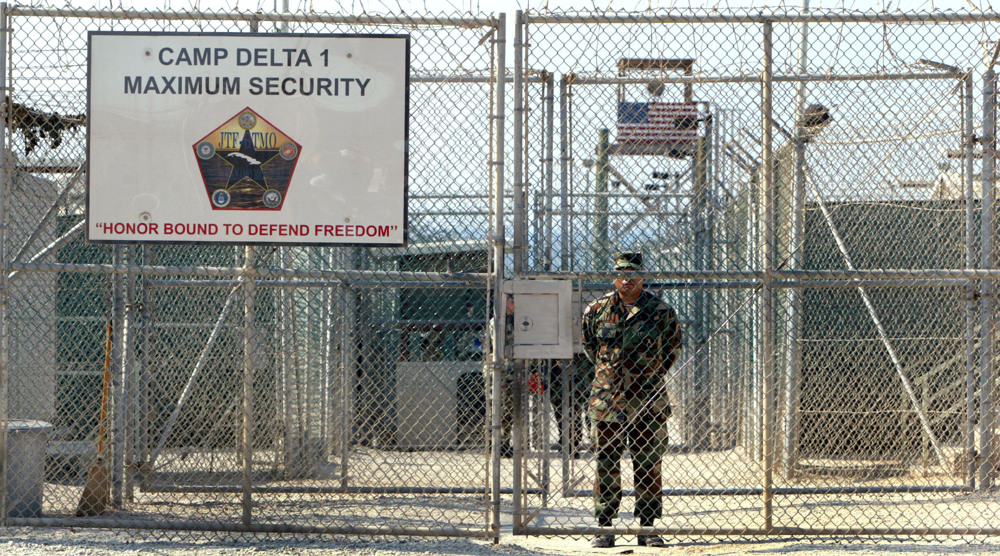Black men more likely to be killed by US police: Study
African American men are 2.5 times more likely to be killed by law enforcement over their lifetime, a new study has found.
The Rutgers study identified police violence as a leading cause of death for young men in the United States and that racial bias was a definitive factors in the fatal encounters
The study examined over 11,000 fatal police encounters between 2013-2017 and concluded that African American men and women, American Indian/Alaska Native men and women and Latino men faced a higher risk of being killed by police compared to their white peers.
According to the report’s findings, the risk of death for each racial group peaks between the ages of 20 and 35 and declines as the suspects get older.
Men between the ages of 25-29 faced the highest mortality rate in instances when fatal use-of-force by police was deemed as a leading cause of death, right behind accidents, suicide, other homicides, heart disease and cancer.
The chance of being killed by police for black men was 1 in 1,000 compared to about 1 in 2,000 for men in general and about 1 in 33,000 for women.
Black women, were 1.4 times more likely to be killed by police than white women.
According to the study, police were 1.5 times more likely to kill American Indians compared to white men and American Indian women faced a similar risk compared to white women.
Latino men were 1.4 times more likely to be killed by police than their white counterparts. Latina women were about 1.2 times less likely to be killed than white women.
"The inequality is not surprising," said Frank Edwards, assistant professor in the School of Criminal Justice at Rutgers University-Newark and lead author of the study.
Edwards argued that controversial death of black men like Michael Brown and Eric Garner and minors like Tamir Rice at the hands of US police officers and the protests that followed those incidents have brought national attention to the radicalized nature of police violence against civilians over the past few years.
"All you have to do is turn on the news to see that people of color are at a much greater risk of police-related harm. What we lack in this country are the solid estimates of police related deaths because there is no official database where this information is stored."
The study was based on data compiled by mortality files stored on the National Vital Statistic System and the Fatal Encounters (FE) database, a journalist-led project that documents police killings through public records and news coverage.
Edwards said the limited official data provided less comprehensive information on police violence compared to the unofficial media-based methods.
He said the study highlighted the need to create a database to accurately reflect the instances of police violence.
"We haven't really known for sure how often these killings have been happening because the data hasn't been good enough," said Edwards. "But if we are going to try and change police practices that aren't working, we need to track this information better."
"Our work should examine how race, gender, age, social class, disability and where someone lives exposes them to this type of violence and death," he added.
Statistics have already proven that the American police kill more people than their peers in rest of the world but researchers warn that there is no real way of measuring how often these incidents occur in the absence of clear official data.
The study noted that such data are critical because the fatal encounters “have profound effects on health, neighborhoods, life chances and politics, and have resulted in structural inequalities in the United States between people of color and white people.”
Hamas thanks Iran, Resistance Front following achievement of ceasefire in Gaza
'Capitulation': Israeli officials and media concede Gaza defeat as truce unfolds
'Gaza has won': Social media users react to ceasefire with mix of relief, joy
Iran seeks South Korea’s assistance for AI, fiber-optic projects
VIDEO | Iran's 'Eqtedar' (Power) maneuver
Israel hits HTS military target in Syria for 1st time since fall of Assad
VIDEO | Press TV's news headlines
Israel has slaughtered 13,000 students in Gaza, West Bank











 This makes it easy to access the Press TV website
This makes it easy to access the Press TV website